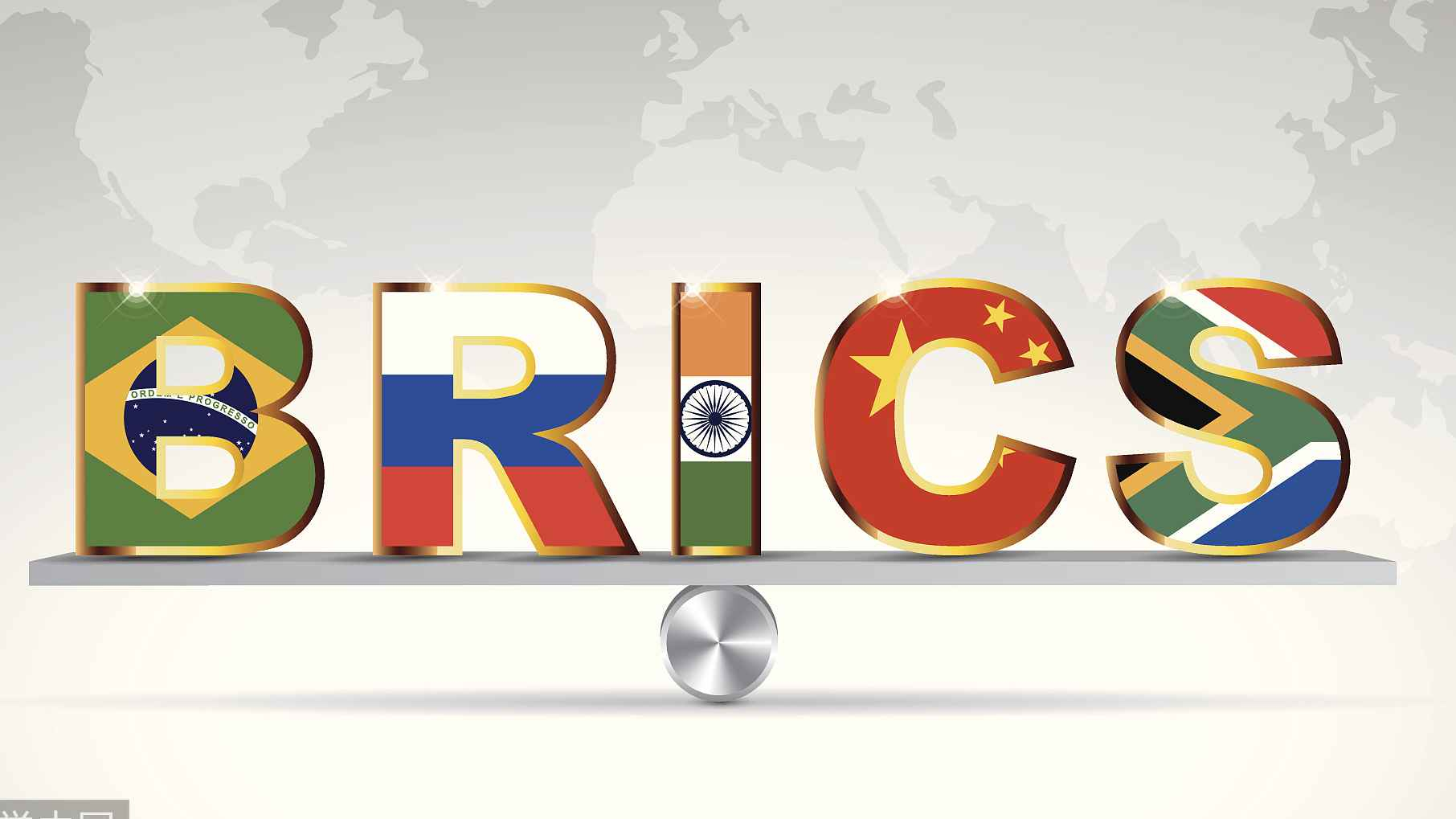
Opinions
13:41, 27-Jul-2018
Opinion: India at the 10th BRICS Summit: Pursuing prosperity
Updated
13:13, 30-Jul-2018
CGTN

Editor’s note: Ning Shengnan is an assistant research fellow at department for Developing Countries Studies under China Institute of International Studies. The article reflects the author's opinion, and not necessarily the view of CGTN.
As the “I” in the BRICS group, India has always been a notable member. It is the 2nd largest economy in the bloc and one of the fastest-growing major economies in the world. In the meantime, it is also the country with the lowest per capita GDP and the highest poverty ratio among the five states. Till today agriculture is still the sector that provides subsistence for most of Indian labor force - nearly half of its employed population hold jobs in rural fields. In this sense, industrialization and economic development remain core priority for India.

Bull Race in India /VCG Photo
Bull Race in India /VCG Photo
While India is striving forward, the fourth Industrial Revolution is redefining the global production, trade, investment and employment structure, and the world is surging into a new age of interactive technologies, artificial intelligence and automation. In this fast-changing era, each country wants to catch up with this global trend and enhance its competitive edge.
India is no exception. In 2014 Indian Prime Minister Modi proposed the grand “Make in India” initiative, pledging to attract more investment, create more jobs and transform his country into a global manufacturing hub.
The BRICS Partnership on the New Industrial Revolution (Acronymed as PartNIR) is reflective of India’s aspiration. This partnership emphasizes intra-cooperation within BRICS to make full use of the potential opportunities and benefits of this new industrial revolution, as well as to collectively cope with the possible challenges like huge job losses. Since India is a latecomer in the arena of industrialization, it would need other countries’ experience in value chains building, market tapping, job creating and many related areas.
Also, there is enormous space for India to cooperate with other BRICS members under PartNIR. During the past decade, India has achieved remarkable success in some technology-intensive areas, such as software industries, pharmaceutical manufacturing and etc.

VCG Photo
VCG Photo
Its service industry is so vigorous that it has been the economy’s biggest boost. Yet India’s manufacturing business remains to be feeble and cannot create enough jobs for its massive labor population. In contrast, China is much good at developing large-scale manufacturing sector, which has been acting as the driving force in its export-led growth, industrialization and urbanization process.
However, now this advantage is undermined by higher costs and a saturated global market. Both countries are exploring new patterns of economic growth and both could learn a lot from each other in adjusting their economic structures. Russia and Brazil, on the other hand, are rich in natural resources necessary for industrial production. BRICS economies are highly complementary, and this complements the basis of the PartNIR initiative.
India is also a keen supporter of inclusive growth. Domestically, more and more Indian people have got out of poverty and have joined the burgeoning middle class. Externally, India has been very enthusiastic in defending the equal rights of developing countries. It strongly opposes the unfair monopoly of western countries over global value chains. Also, as a victim of Trump’s unilateral trade actions, India regards protectionism as “one of the greatest threats to human civilization”.
Concerning this Johannesburg summit, India’s rationale is to use this platform to foster more intra-BRICS cooperation and to raise its international stature. On the one hand, India is eager for the market and investment from BRICS countries. The exports volume from India to BRICS saw an upswing of 7.5 per cent in the first quarter of 2018. India has also benefited a lot from the New Development Bank. In addition, it requests to establish a new BRICS’ Credit Rating Agency. On the other hand, India has always held the ambition to be a major global power. BRICS summit and the BRICS Plus mechanism provide India with a good opportunity to discuss global governance and future global order regularly with China, Russia and other regional powers.
India today is speeding up and marching forward. However, in a globalized and inter-connected world, it cannot achieve its goals by working alone. More importantly, the volatility, uncertainty, complexity and ambiguity in today’s world require countries like BRICS to cooperate more closely.
In its next decade, BRICS as a group needs to offer the world its solution on how to grasp the new opportunities of the 4th industrial Revolution, and how to address the disruptions of protectionism and unilateralism. There is no doubt that India would play a more important role in this process.

SITEMAP
Copyright © 2018 CGTN. Beijing ICP prepared NO.16065310-3
Copyright © 2018 CGTN. Beijing ICP prepared NO.16065310-3